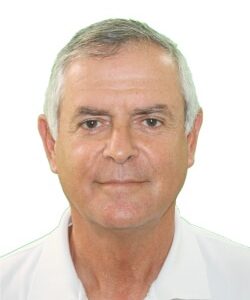Reflectionless Filters Improve Linearity and Dynamic Range in Microwave Systems

Filters are fundamental building blocks of nearly every modern RF/microwave system used to eliminate unwanted signals in receiver and transmitter architectures. Until recently, study and research in practical filter design has been largely devoted to topologies in which rejection of stop band frequencies is accomplished by reflecting undesired signals back to the source. Meanwhile, there are many applications in which these reflections produce intermodulation products, gain ripples, and other problems in system performance. For example, non-linear devices such as mixers, multipliers and high-gain amplifiers which respond to out-of-band frequencies are highly sensitive to the reflections caused by conventional filter designs. This becomes especially challenging as filters are often needed near or adjacent to active devices in the signal path to better define bandwidth or suppress unwanted harmonics.
Bridging the Gap between the University and the RF Industry

With 5G standards barely off the drawing board and headlines filled with speculation about all the related capabilities, what sometimes gets lost in the buzz is that these technologies will depend heavily on a new generation of RF engineers to develop the circuits and systems to realize the dream. It is difficult to conceive of the number of new products that will incorporate high-speed, wideband RF communication once next generation wireless networks are rolled out, and the industry needs a deep pool of technical talent to support the demand.
An Interview with Mini-Circuits Founder and CEO, Harvey Kaylie
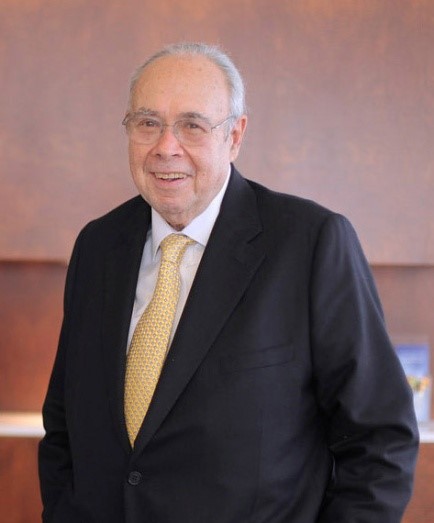
Q: Defense and military applications have always been a crucial segment of the global market for RF and microwave products. How do you see the defense market evolving in 2018 and beyond as compared to recent years?
Advanced Microwave Amplifier Models for Advanced Design System Simulations

Mobile and wireless communication has seen phenomenal growth over the past two decades. Faster communication with higher data rates has been the driving factor. To achieve this, the RF front end components have been continuously improved to meet the linearity and power requirements and a range of wireless standards have emerged, based on variations in frequency, modulation and power level requirements. The 0.7 GHz to 6 GHz band has been the mostly widely used frequency range for mobile and wireless communications using different standards such as GSM, CDMA, WCDMA, LTE, WLAN and WiMAX. The evolving 5G standard is pushing frequency ranges for emerging commercial systems upward to mm-wave frequencies as high as 86 GHz! Still, the bulk of near term 5G developments will likely be at the proposed bands of 28GHz and below.
MMIC Die Testing Made Easy with Ultra-Wideband 0 dB Attenuator (Thru-Line) Dice
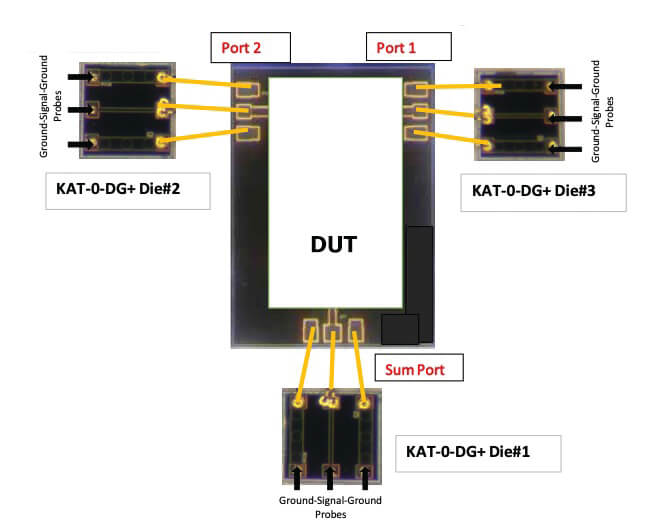
Microwave hybrid circuitry is generally built by integrating several discrete dice via wire bonding. Circuit designers are faced with the task of predicting the performance of hybrids, which comes with some specific challenges.
A Practical Approach to the Design and Implementation of Scalable, High-Performance, Custom SMT Packages for mmWave Applications

After many years of research and development, electrical engineers, physicists, mathematicians and scientists have come to realize the benefits of operating communications systems at higher frequencies. Some of the most notable advances stemming from this research include: smaller circuit implementations for the same functionality; improved antenna gain for a given antenna size; and dramatic increases in data-carrying capacity. However, numerous challenges remain in implementing high-frequency circuits under real-world constraints. Among the non-trivial problems, packaging stands out.
Mini-Circuits Bridging the Gap Between the Classroom and the Lab
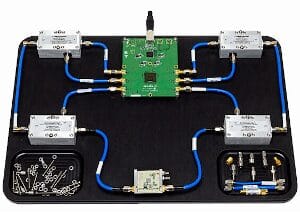
With a history that dates back 50 years, Mini-Circuits is one of the most recognizable names in the RF/microwave industry. Known as a supplier of high-frequency components, Mini-Circuits offers an enormous number of products, which includes the likes of amplifiers, filters, mixers, and couplers, just to name a select few.
Line Stretchers Ease VCO Load-Pull Testing
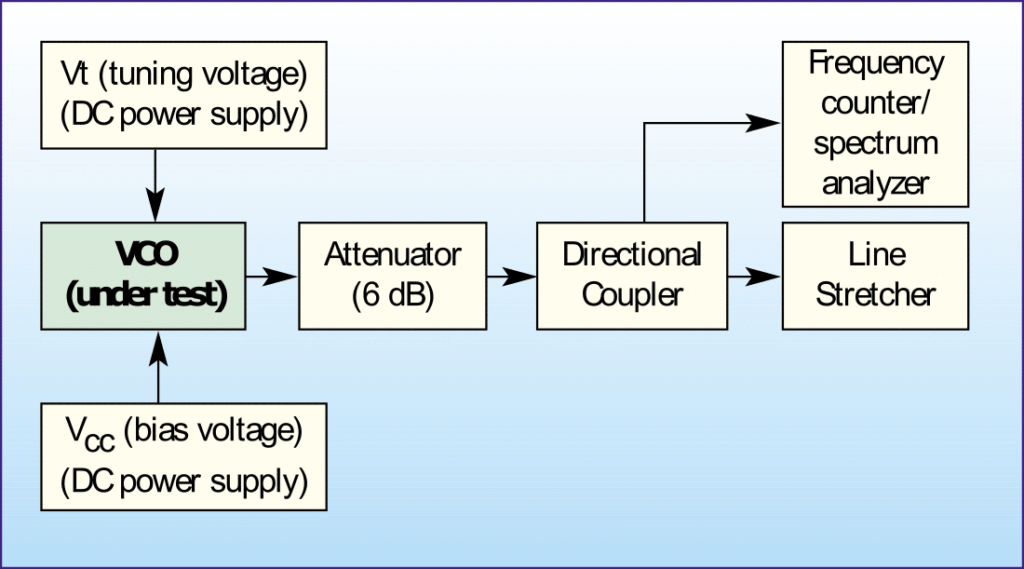
Voltage Controlled Oscillators (VCOs) are normally designed for operation in an ideal 50 ohm environment. However, the actual load that these oscillators must drive are considerably different. It is a standard industry practice to measure frequency variation when the VCO output realizes a load with 12dB return loss (for all possible phase angles). This is usually performed as a manual measurement and is very time consuming. It may take a skilled technician several minutes to several hours. Fortunately, with the development of a novel electronic line stretcher from Mini-Circuits, these once tedious tests can now be executed quickly and a automatically.
Achieving First-Spin Success in LTCC Components with Advanced Material Simulation Models

Since the advent of Network Synthesis Theory at the turn of the last century, filter designers have been developing ever more sophisticated solutions to translate polynomial transfer functions into working, physical components.
Adapting Non-Sealed Surface Mount Parts for Hi-Rel Customer Assembly Processes

The perfect integration of a product within the customer’s assembly process can be just as critical to the success of that product asthe electrical performance. Mini-Circuits and many RF/microwave component manufacturers build surface mountcomponents that are soldered onto customers’ PC boards using a reflow process. Following reflow, the board must be cleaned to remove solderballs, flux, salt deposits and other debris. While a number of cleaningmethods exist, the industry – and especially manufacturers of equipment for military and other hi-rel applications – have gravitated towards aqueous wash. A conformal coating is then applied to protect the circuit from moisture and other adverse environmental conditions. This process poses unique challenges for the integration of surface mount parts into customer assemblies, particularly components with open and semi-sealed case styles.



